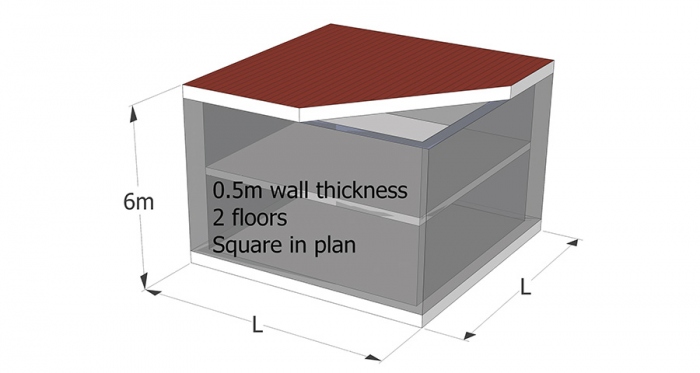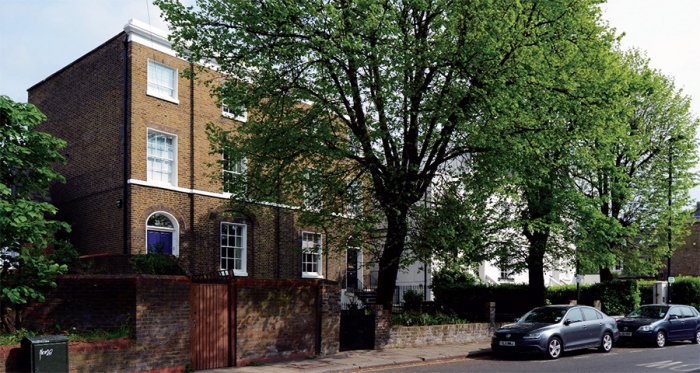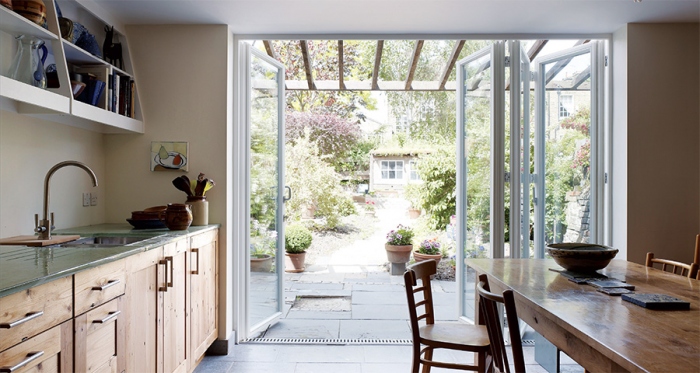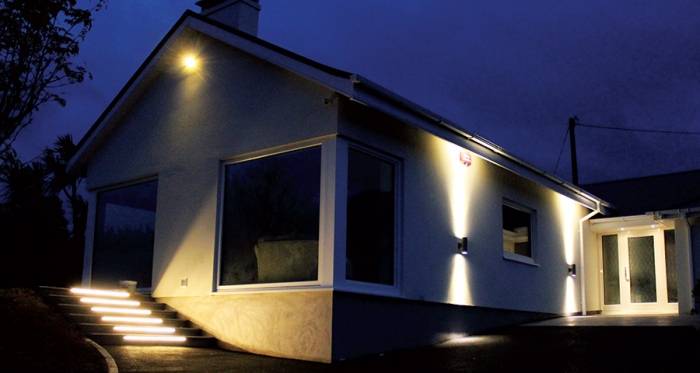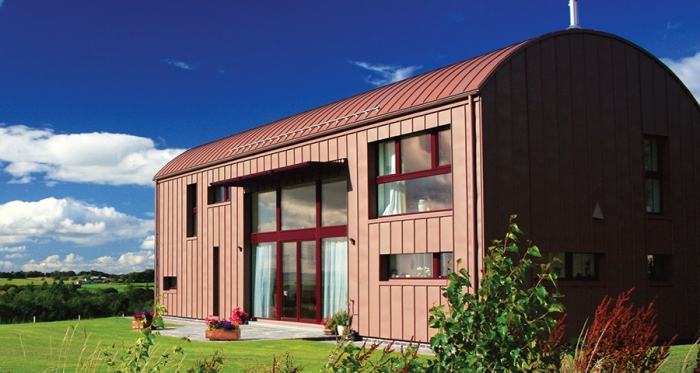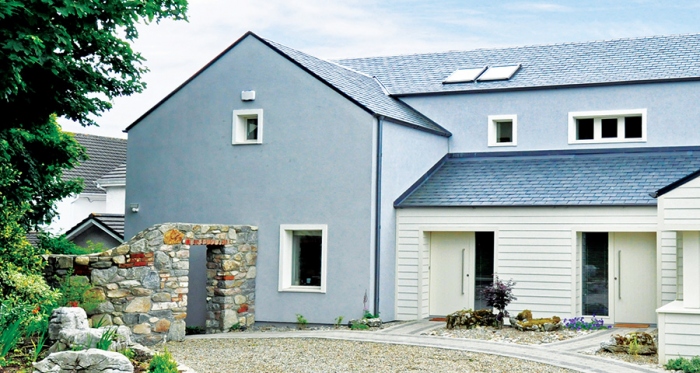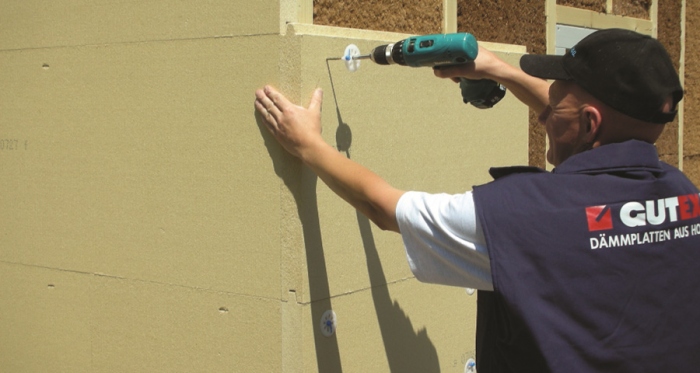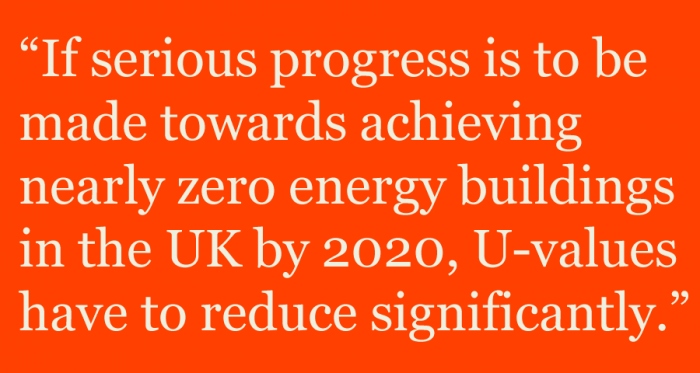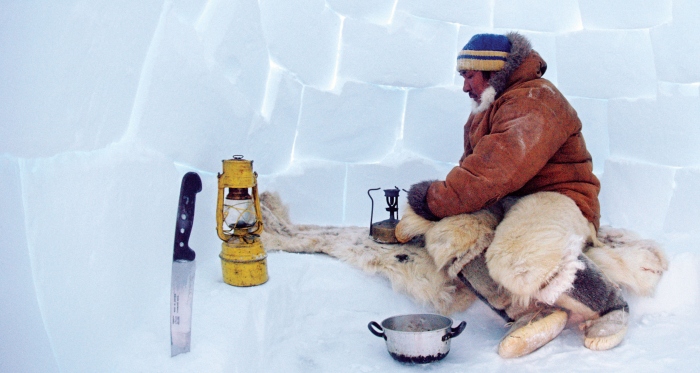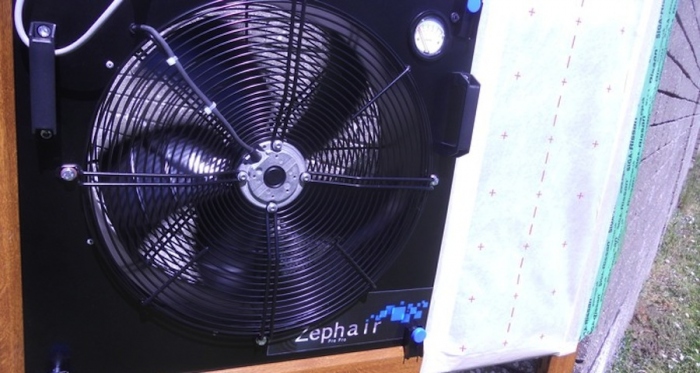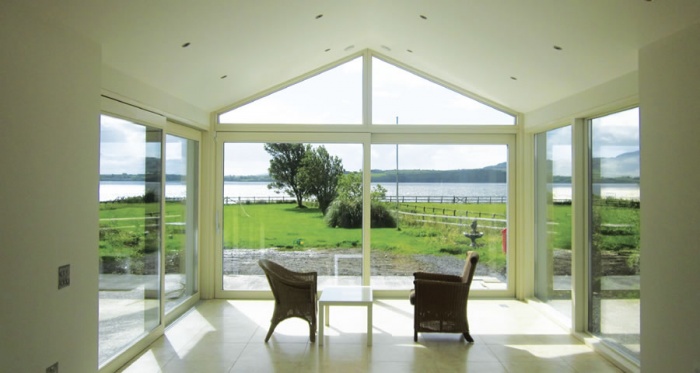The small passive house problem - a solution?
It’s sometimes said to be hard – perhaps too hard – to get a small house to meet the passive house standard. But a small house will have small heating bills, so why is it hard for a small house to be a passive house? Leading passive house consultants Alan Clarke and Nick Grant delve into the passive house software to find out what’s going on.

